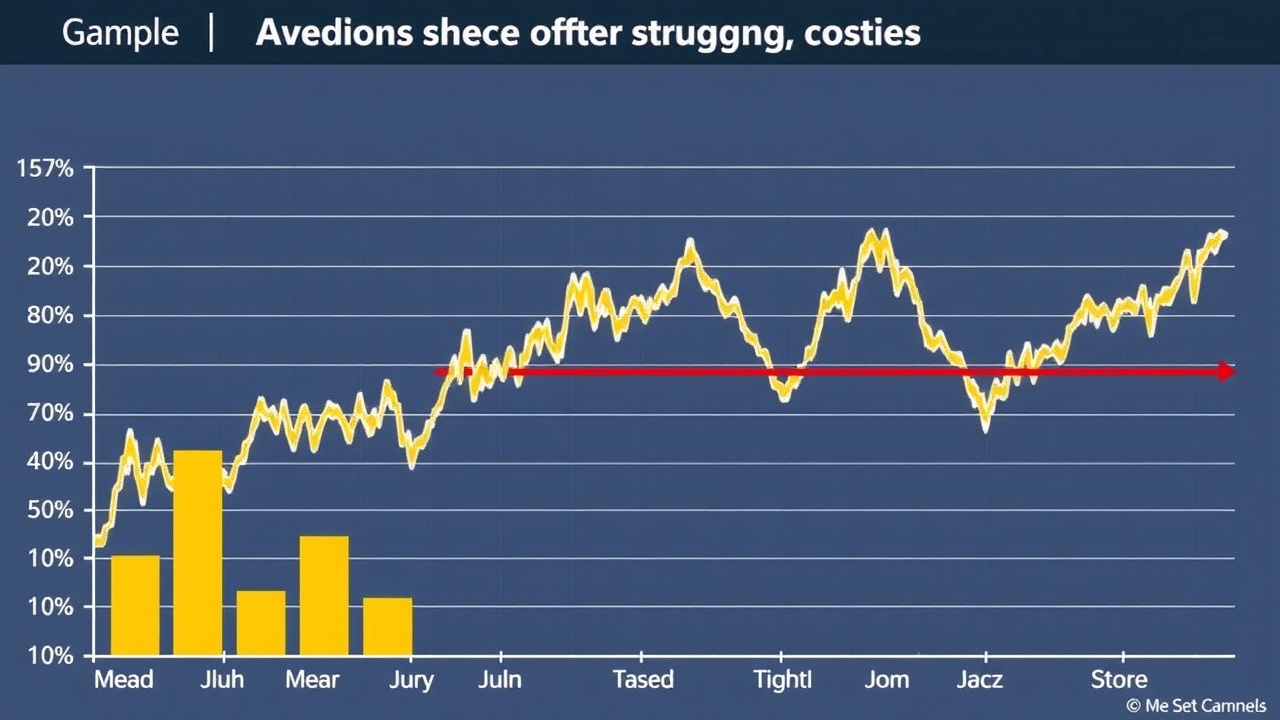
Purchasing high-quality large caps was a great strategy last decade
"These star stocks will face greater challenges in a more volatile world," says James Mackreides.
As Terry Smith exemplified, purchasing high-quality large-cap stocks was one of the best strategies during the previous market regime. Most people would rather say they own good businesses than garbage, but in general, quality in investing refers to businesses with a high return on equity, low leverage, consistent earnings, dependable cash flows, and promising prospects for global expansion.
Ten years ago, reputable investors preferred sectors like consumer staples, which were frequently developed-market companies with exposure to emerging markets. After the pandemic, the tech sector started to dominate markets, but some of these stocks later began to falter due to slower growth in emerging markets and the resurgence of inflation. Because the best companies in these sectors have consistent recurring revenue, low capital intensity, and the capacity to retain devoted clients, quality investors have somewhat shifted their focus to software or data services.
Even so, Nvidia attracted relatively few quality investors (since the semiconductor industry has always been cyclical) and most definitely not companies like Tesla. Quality has struggled to outperform the market as easily as it did prior to the pandemic because these stocks have had such a significant impact in recent years, and many funds that use this strategy are performing worse.
A portfolio that is constantly evolving.
Fundsmith's history demonstrates how these changes have occurred. In February 2015, the fund's largest holding, 40 percent, was in consumer staples. With 29 percent, technology surpassed consumer staples as the leading sector by February 2020. Subsequently, it held 20 percent in consumer staples and 32 percent in health care last month. Fundsmith has been more adaptable than some other quality strategies, and if technology is peaking, the steady transition into healthcare may aid in a performance recovery.
The difficult question for good large-cap strategies, not just Fundsmith, is whether the environment is more difficult for the entire strategy. Large multinational corporations greatly benefited from the previous era. They were able to enter new international markets thanks to globalization, but politicians and regulators were frequently very lax about approving cross-border mergers and acquisitions. The size and profitability of large corporations increased steadily.
There are strong grounds to believe that this is the end of the story. Tariffs will primarily harm businesses that ship goods across borders in the near future, not those that provide services. However, antagonism and fragmentation make the world a more hostile place for multinational corporations over the long run. The US slaps more tariffs on European goods. Regulation of US tech giants is being tightened by Europe. A vicious cycle ensues as the US retaliates against European companies.
Favoring local over multinational (and small over large) is the obvious conclusion if this occurs. I do not believe that result is certain, and now is not the time to switch from big global defensives to small caps in this erratic market. But, over the coming years, investors should keep an eye out for indications that the trend has shifted and that quality large caps might no longer be a particularly noteworthy approach.
Microsoft World vs. Fundsmith Equity.














Leave a comment on: The decline of large-cap stocks raises the question of whether investors should shift their priorities